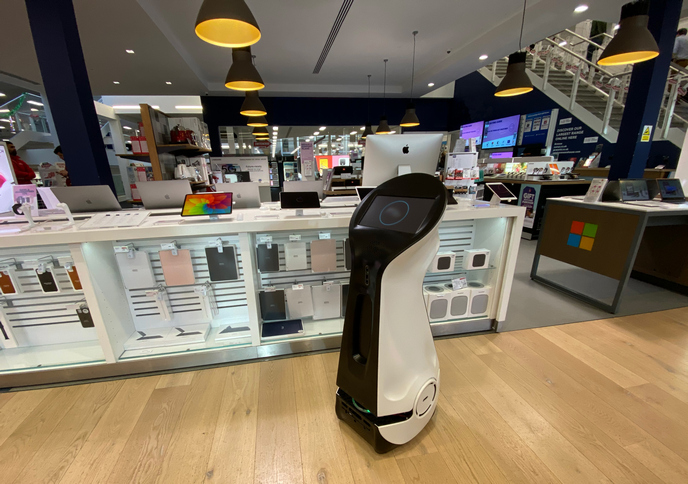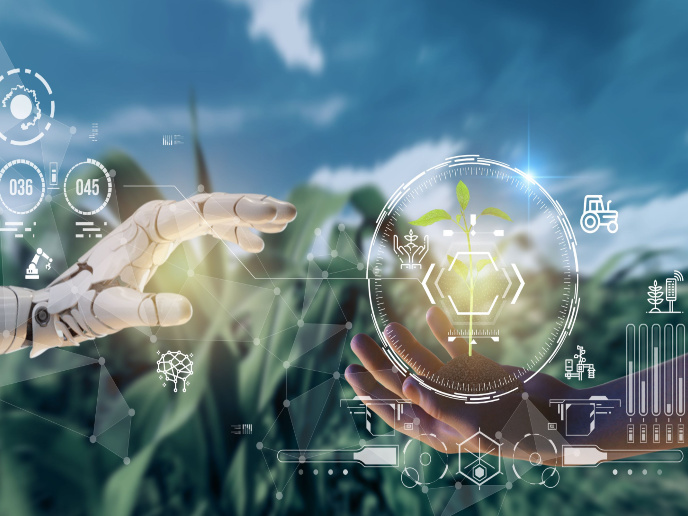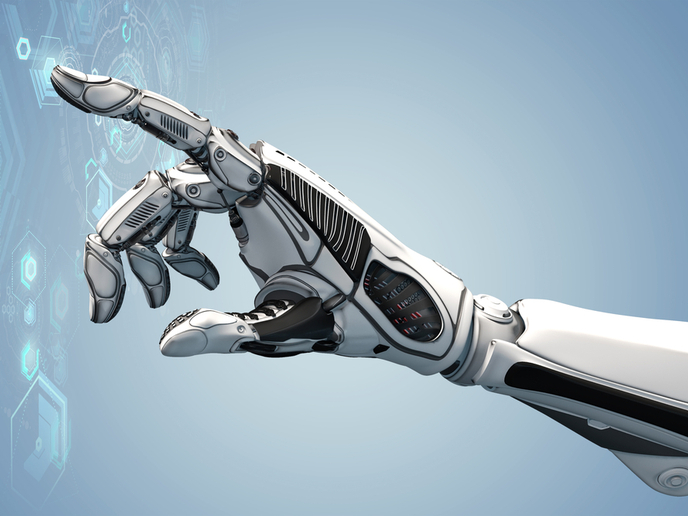Autonomous robots aim to enhance customer service
Whether it be retail, hospitality, transportation or real estate, all businesses are, to paraphrase Simon and Garfunkel, ‘just trying to keep their customers satisfied’. Ask any of these businesses and they will be quick to tell you that the key to customer satisfaction is great customer service. Yet if good customer service is so important, why is so much of it still so bad? “Billions of euro are lost every year across various industries due to bad customer service,” says Andrei Danescu, CEO and co-founder of BotsAndUs, a London-based technology company specialising in robotics and artificial intelligence. With the support of the EU-funded BOTSANDUS (First Assistant Robot for Retail, Hospitality, Airports and Real Estate Buildings) project, the company is working to leverage the power of technology to put an end to bad service. According to Danescu, the project aims to build an innovative solution that can help businesses avoid losing sales and alienating customers due to inadequate customer service. “Our mission is to create a fleet of autonomous customer service robots that work for and alongside people,” he explains. “To do this, we are building robots that not only are truly helpful and easy-to-use, but also use customer-centred human-robot-interaction algorithms.” BotsAndUs’ portfolio currently consists of two fully autonomous service robots called Bo and Mim. While Bo can independently interact with customers in multiple languages, deliver real-time insights, and even show customers where to find a product, Mim provides bricks-and-mortar retailers with real-time access to accurate and relevant store data.
Pushing the boundaries of human-robot interaction
With the aim of preparing the company’s robots for commercialisation, this project conducted multiple proof of concept trials with some of Europe’s biggest brands, including British Airways, MediaMarktSaturn, Heathrow Airport and dnata. “Not only did these real-environment trials validate the robustness of our solutions, they also confirmed our assumptions on how humans and robots interact,” remarks Adrian Negoita, CTO and co-founder of BotsAndUs. “This allows us to push the boundaries of human-robot interaction and develop state-of-the-art algorithms for optimal communications in noisy environments and with groups of end users.” Another important outcome of the project was the development of autonomous navigation technology designed specifically for dynamic public spaces, such as airports. “Using distributed artificial intelligence systems, we created a fleet intelligence infrastructure that allows our robots to both learn from each other and collaborate on tasks,” adds Negoita. Negoita notes that when the COVID-19 pandemic wreaked havoc on the retail and travel industries, many companies turned to technology and, in particular, robotics. “We used this opportunity to focus our technology on helping create and enforce social distancing policies without compromising customer service and satisfaction,” he says. “We spent significant time and resources building the bridge between the online and offline realms so businesses could offer their customers a seamless and safe experience.”
Redefining customer service
The BOTSANDUS project has the distinction of being the first to deploy robots in real, public environments – a breakthrough that has garnered notable attention in the global press, including coverage by CNBC, CNN, ‘The Wall Street Journal’ and ‘Forbes’. “We will continue to chase our vision of bringing easy-to-use and helpful robotics that can liberate us from dull, repetitive and even dangerous tasks, allowing humans to focus their time on the things that truly matter,” concludes Danescu. “As we expand into new markets, we will continue to redefine customer service, ensuring that companies of all sizes and types can keep their customers satisfied.”
Keywords
BOTSANDUS, autonomous, robots, customer service, artificial intelligence, robotics, hospitality, transportation, real estate







